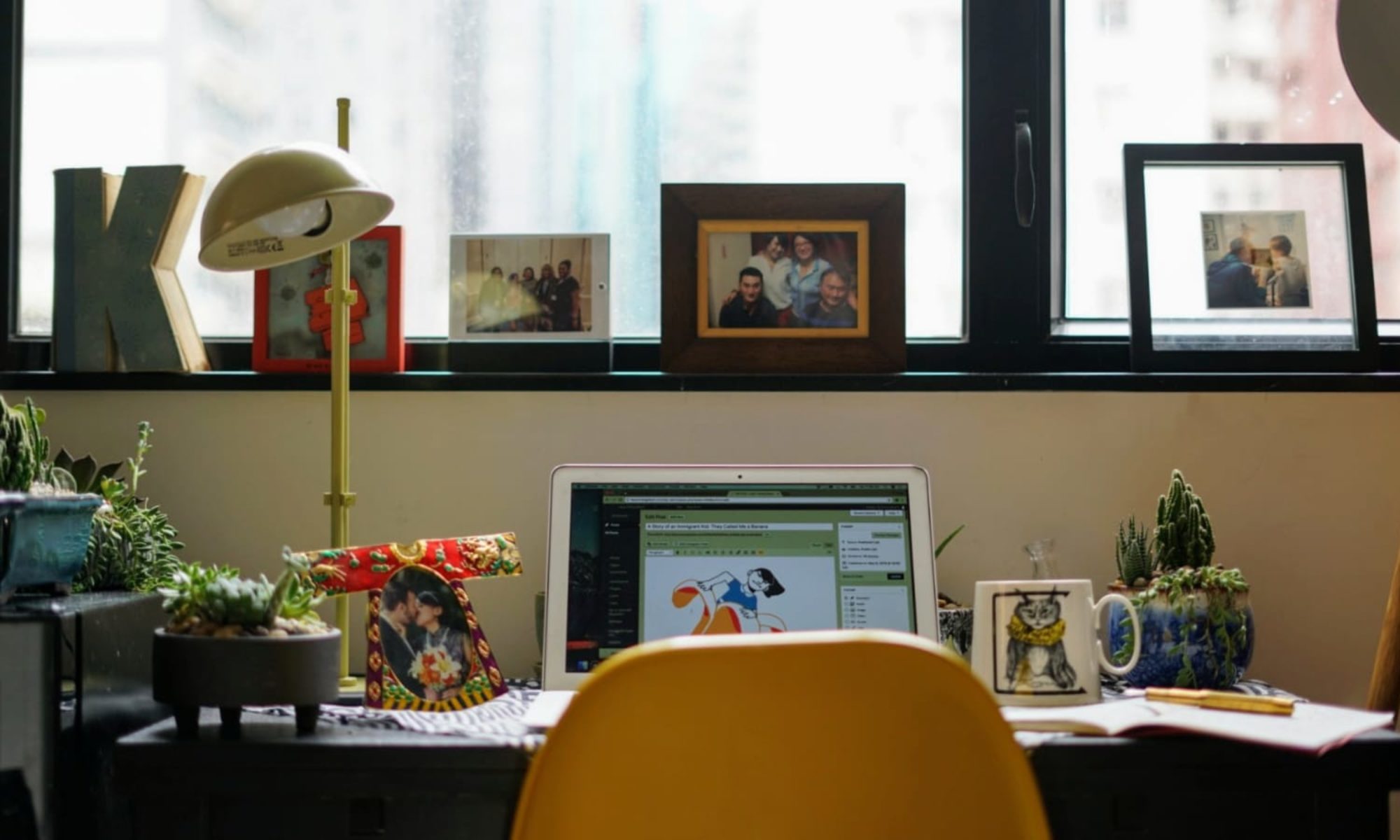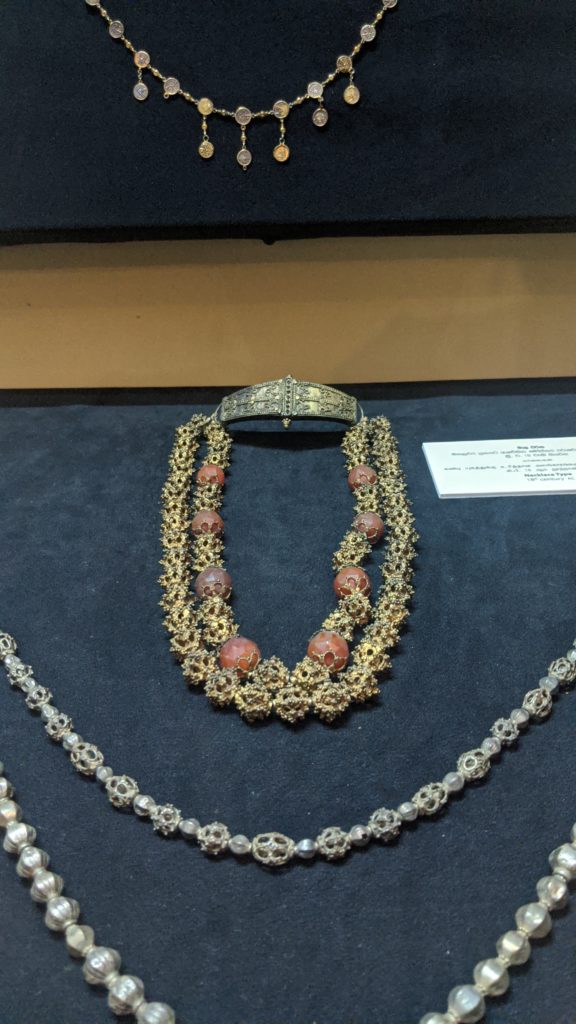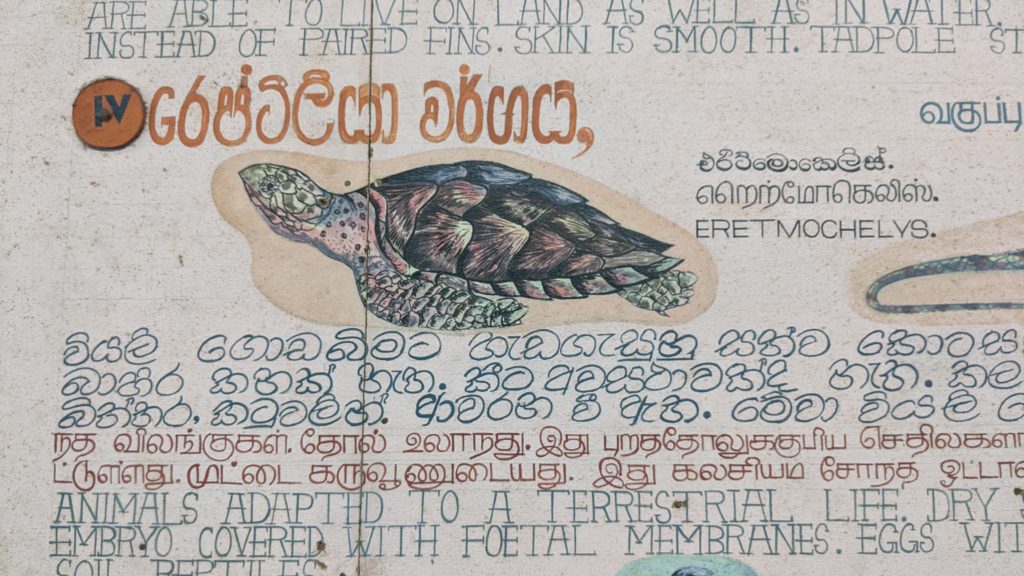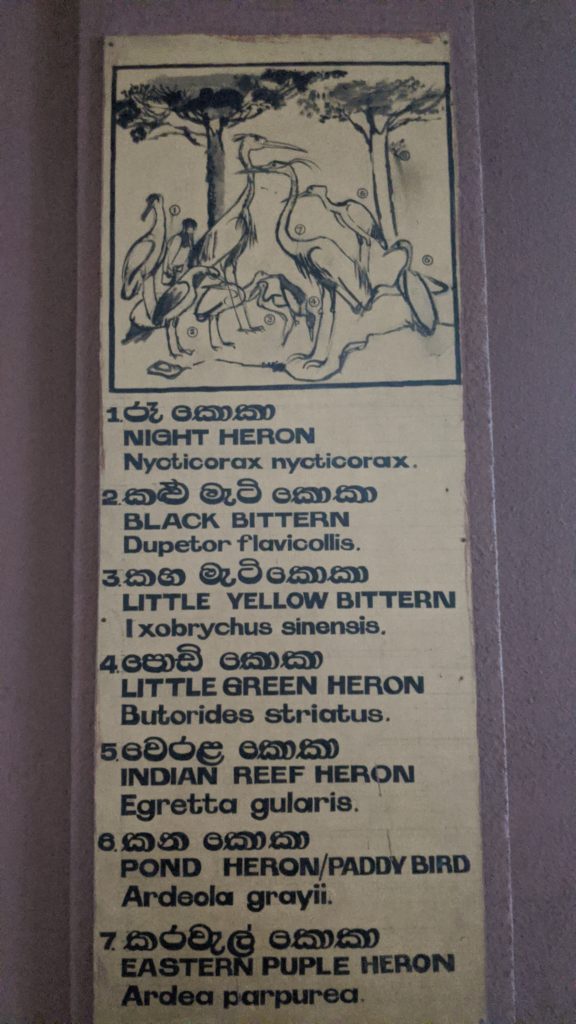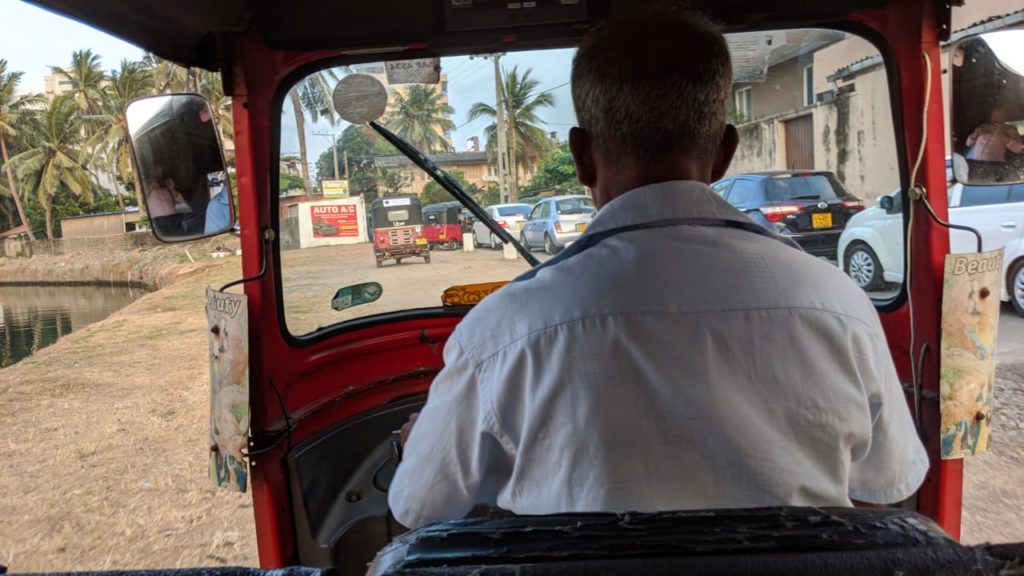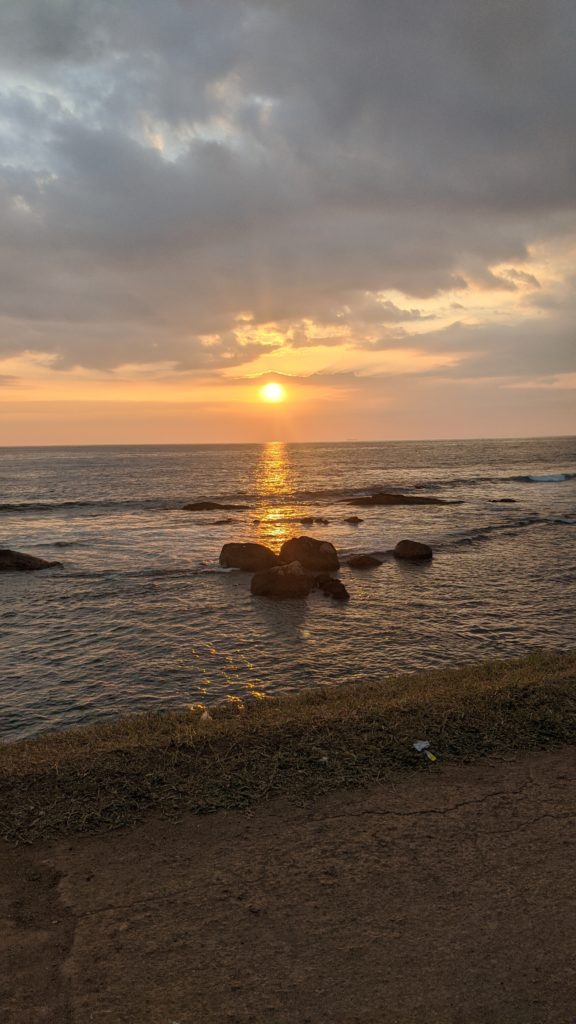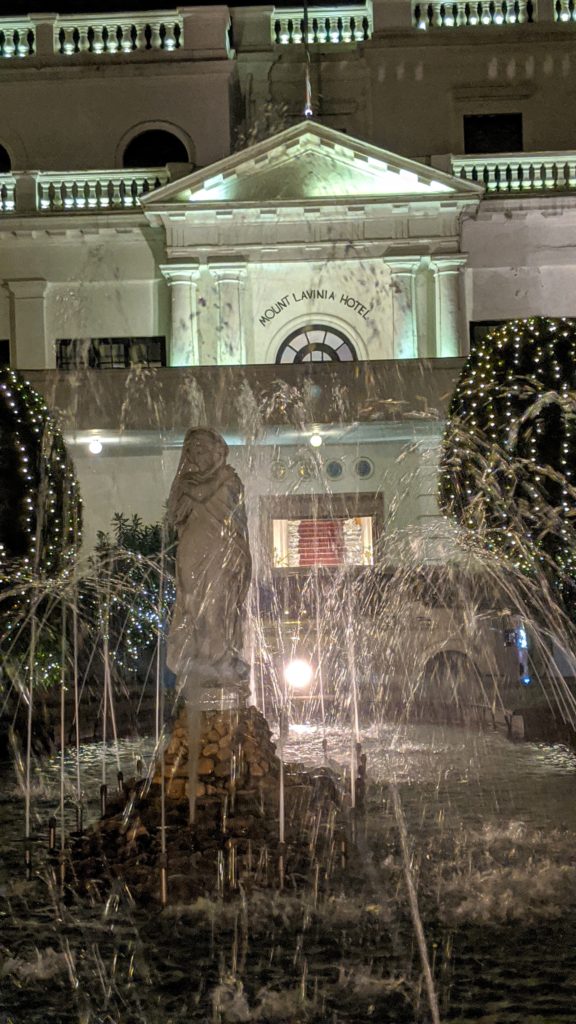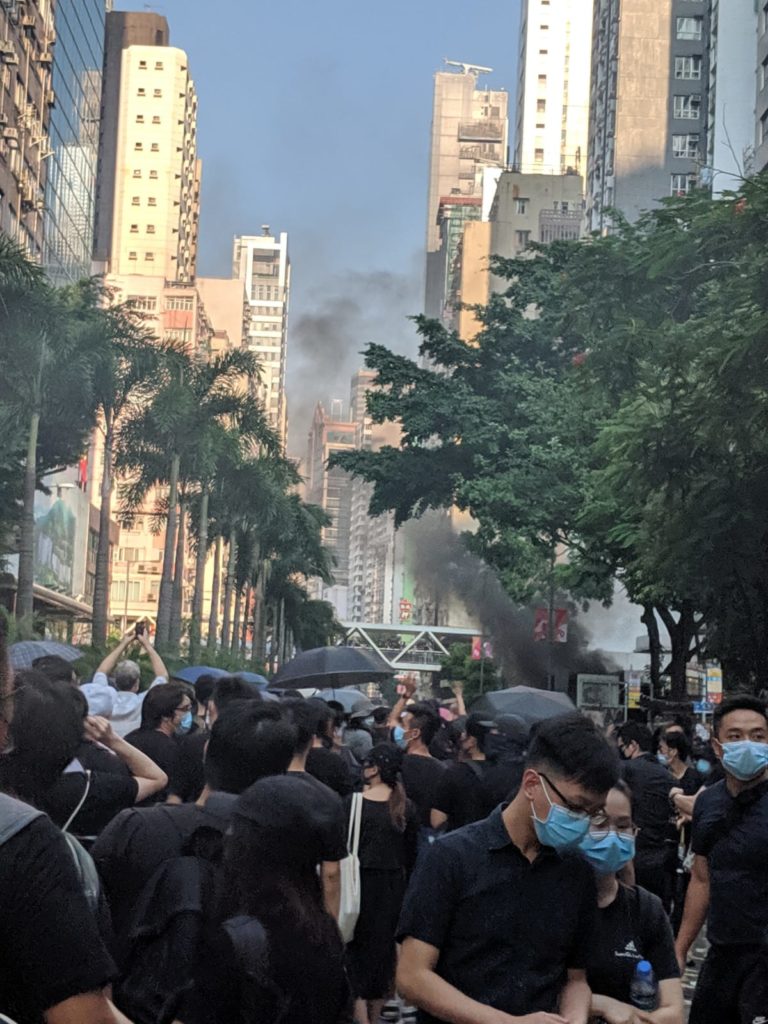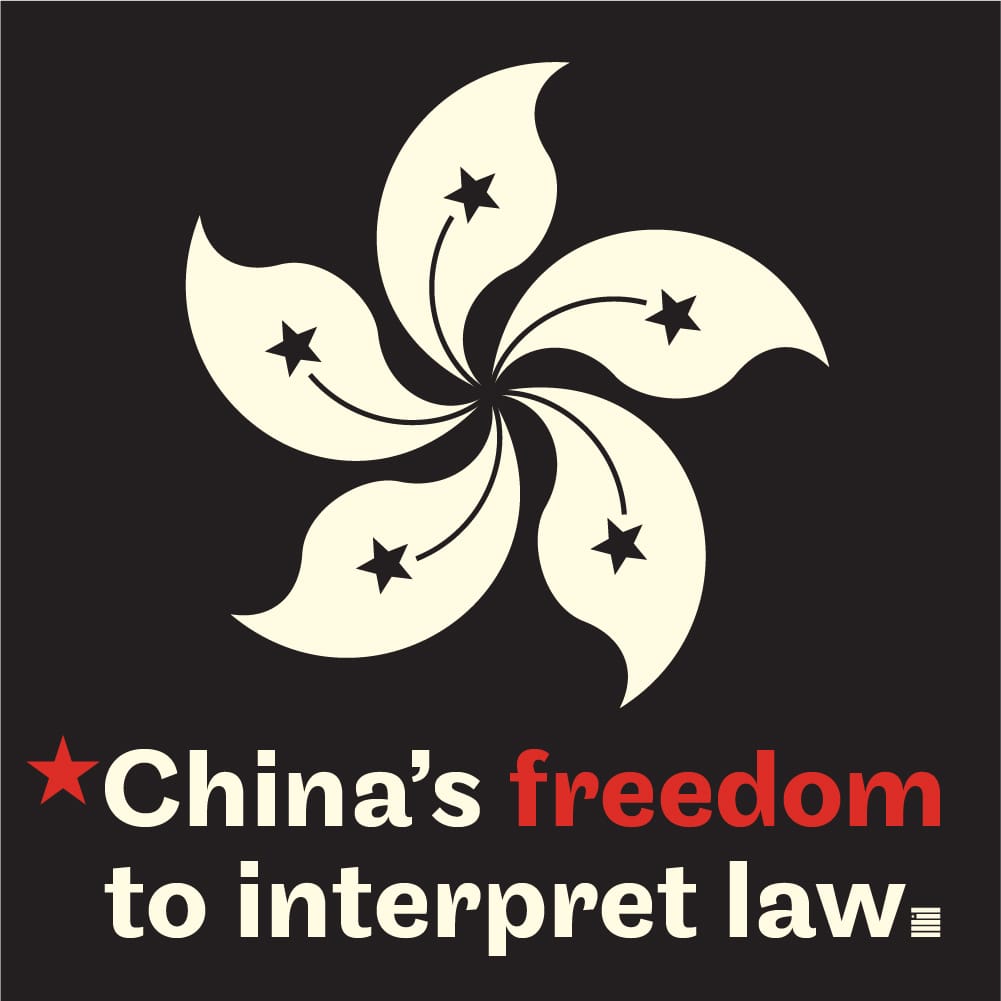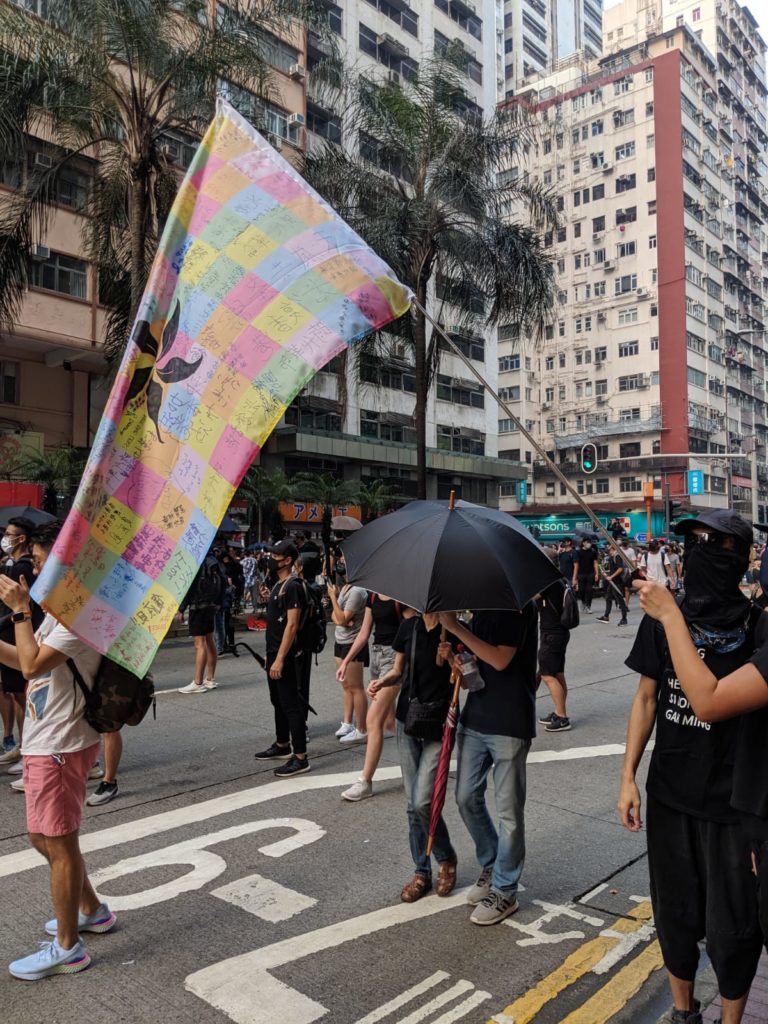“Art was what was truly permanent therefore what truly mattered. The rest was ‘but a spume of things / Upon a ghostly paradigm of things.’” Wendell Berry, What Are People For?
Wendell Berry’s lamentation is more poignant since the COVID-19 virus forced us into stultifying solitude. Confined to our homes, art viewing in galleries seem like a distant memory. Saskia Fernando Gallery in Colombo, Sri Lanka, fills this artless void with Art in Curfew. For their inaugural show, the gallery invited four Sri Lanka-based artists, Hashan Cooray, Pushpakanthan Pakkiyarajah, Fabienne Francotte, and Firi Rahman to create or curate a collection of work as a response to the forced hermitry. To enrich this virtual art experience, an open studio session on Instagram Live took place each Saturday, enabling the viewer a glimpse into each artist’s space, practice, and current projects.
It was through one of these open studio sessions that I discovered Firi Rahman. When I tuned into the Live session, Buddy, one of Firi’s parrots, greeted me with a loud squawk followed a succession of trills. During Firi’s walkthrough of his humble one-room abode that also dubs as his studio, we met the other creatures that live in his space. Besides Buddy, Firi is currently looking after other less vocal birds as well as a squirrel. Then Firi sat down and started to draw, using a Rotring pen with slow, circular motions to create the pattern of the dotted coat of a leopard. It’s a painstaking process, but the results are mesmerizing.
Centre: Lemur, 2018
Right: Cougar, 2018
For inquiries: Saskia Fernando Gallery
In 2018, Firi made a series of pen-on-paper drawings depicting animals in urban settings. He was initially inspired by the four pet macaws that had fled their gilded cage inside the palace of the then Sri Lankan President Mahinda Rajapaksa. These bright, long-tailed birds are not native to Sri Lanka, and the elites had kept them as status symbols. On the other hand, Firi, a bird lover his whole life, has only kept birds to help them. He would free them as soon as they’re well or old enough to be on their own. The only ones he would keep are the ones that are born in captivity and would not survive independently in the wild. When he heard about the escaped macaws, he wondered where these birds would go in Colombo. As he started to imagine wild animals and what they would do in urban settings, he made a series of drawings. There is one of a hornbill sitting in a hefty, colonial-style wooden chair with its beak tilting in the air. He looks like a king summoning his subject for an announcement. Another drawing consists of two lemurs perched on the tiled roof of a house made of wood and corrugated iron. My favourite is the drawing of a cougar crouching on top of a dolly cart, looking down as if it regretted jumping onto the unstable surface in the first place.
The cougar drawing reminded me of the puma that has been visiting the near-empty streets of the Chilean capital of Santiago. Since late March, the wild feline has been prowling the central district, looking disoriented and confused. It roamed through several private gardens and a school before it was tranquilized and sent to the wildlife officials. This adventurous puma is not the only animal venturing out of their homes. Since the advent of the COVID-19 virus, many creatures are found cruising the newly deserted cities around the world. In Paris, two bucks strolled down an empty road next to park cars. In Istanbul, dolphins frolicked in the Bosporus Strait that has recently become free of tankers, cargo ships, and tourist boats. In Adelaide, a kangaroo hopped around the heart of downtown in full strides.
I am envious that the animals are out and about in the world. Even the crows perched on the trees in my neighbrouhood are cawing to flaunt their freedom. It’s poetic justice—as the humans are under curfews or lockdown around the world, the wildlife is enjoying a quieter and cleaner world, reclaiming habitats that we once took away from them.
Before the pandemic, humans as a species devoured resources like bottomless pits. Our consumer society insisted that we needed more to be fitter, happier, and more productive. When I was having a bad day, I ate and drank my feelings while shopped online to buy joy. When the curfew started suddenly in Sri Lanka, I became trapped inside my home in a new country with no access to Amazon, Book Depository, or Etsy. I soon ran out of snacks and booze and no means of getting more. Then, I realized that the post services stopped, and I couldn’t order anything online. The first couple of weeks were miserable. But slowly and grudgingly, I realized that I don’t need nearly as much as I consumed.
In What are People For?, Berry quotes William Blake from The Marriage of Heaven and Hell: “No bird soars too high, if he soars with his own wings.” Berry responds with a quote of his own: “Only when our acts are empowered with more than bodily strength do we need to think of limits.”
These quotes reminded me of the differences between humans and animals. The escaped macaws freed themselves with their bodily strength. On the other hand, humans have insatiable desires beyond our physical needs, and we haven’t had the opportunity to contemplate our limits until we are cooped up inside with nothing but our thoughts. Many of us didn’t want to face this reality–but the pandemic has certainly forced it upon me. For me (as a privileged person who was able to work from home), I feel like this pandemic has given me a clean slate because it drove me to confront the way I worked, played, and consumed. Now that we are slowly emerging from a strict curfew, I feel like I have become more resilient both in body and in mind. I am ready to tackle this new normal while feeling fitter, happier, and more productive–this time, without succumbing to the endless distractions and the unquenchable desire to consume.
